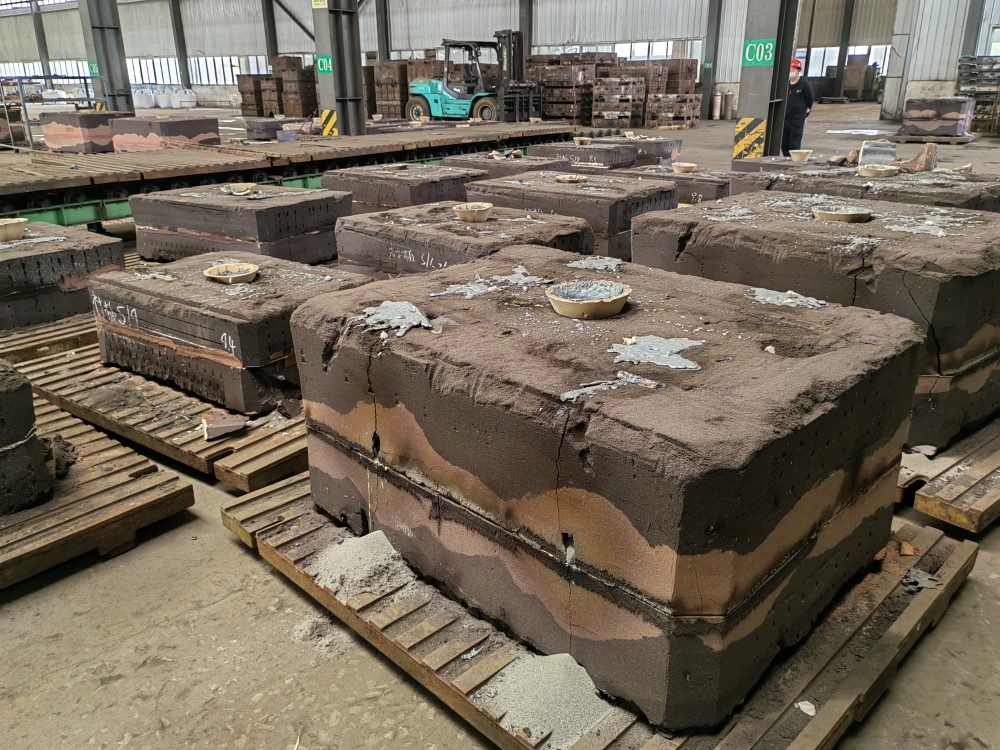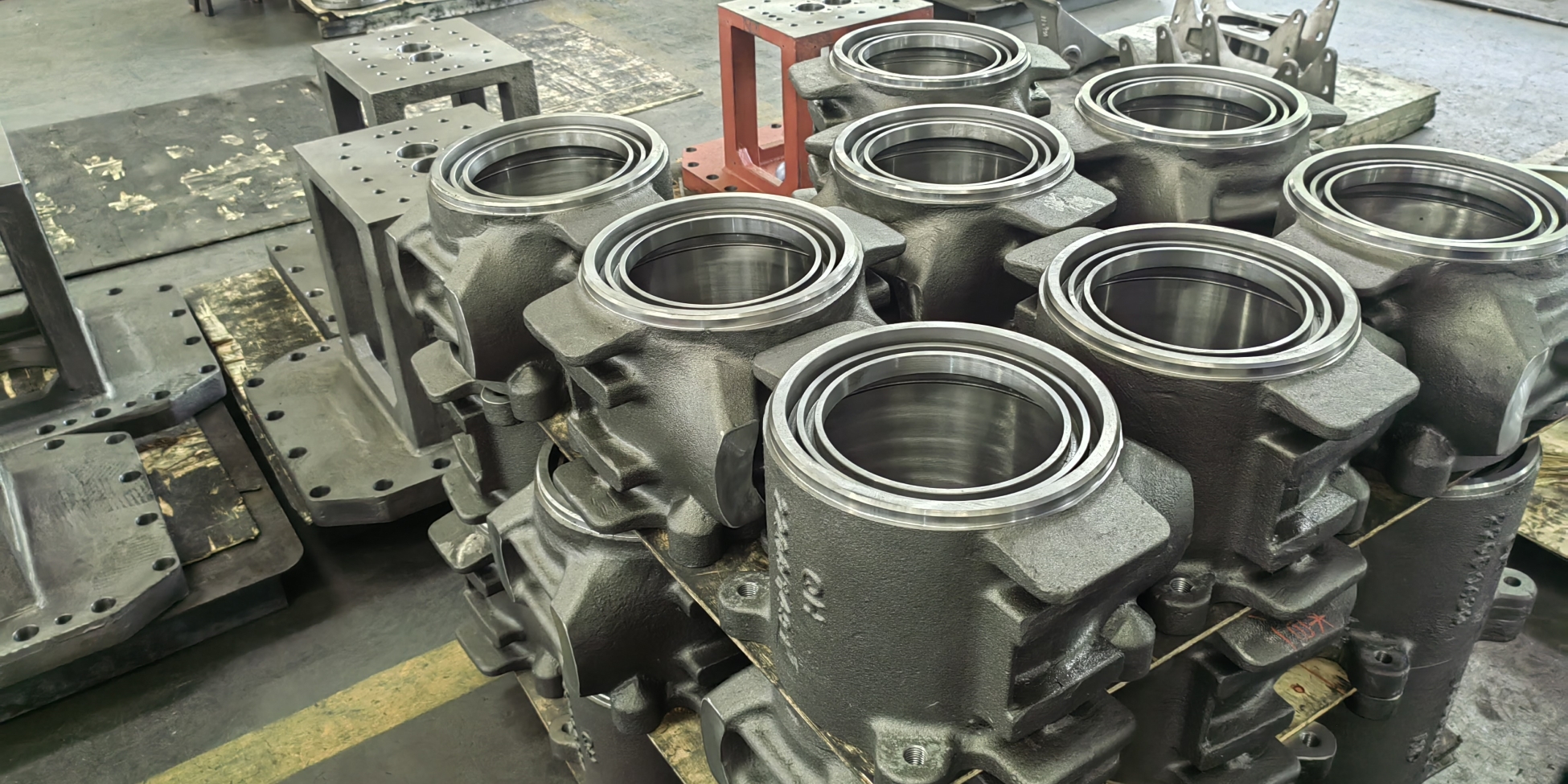
Privacy statement: Your privacy is very important to Us. Our company promises not to disclose your personal information to any external company with out your explicit permission.
Brand:A&M Manufacturing Company Ltd
Min. Order:10 Piece/Pieces
Transportation:Ocean,Land,Air
Packaging:Export standard packing
Supply Ability:500 tonnes per month
Productivity:500 tonnes per month
Sand casting is a widely used manufacturing process for producing agricultural machinery components. It involves pouring molten metal into a sand mould cavity to create the desired shape. Agricultural machinery components manufactured through sand...
Brand:A & M Manufacturing Company Ltd
Min. Order:5 Piece/Pieces
Transportation:Land,Air,Ocean
Packaging:Standard Export Packing
Supply Ability:500 tonnes per month
Productivity:500 tonnes per month
Sand casting is a widely used method for manufacturing impellers, which are critical components in various industries including aerospace, automotive, marine, and power generation. Impellers are designed to impart motion to a fluid, such as air or...
Brand:A&M Manufacturing Company Ltd
Min. Order:10 Piece/Pieces
Transportation:Ocean,Land,Air
Packaging:Export standard packing
Supply Ability:1000 tonnes per month
Green sand casting is a versatile and widely used casting process that has been employed for centuries in the production of various metal components across a range of industries. In green sand casting, a mixture of sand, clay, water, and other...
Brand:A & M Manufacturing Company Ltd
Min. Order:5 Piece/Pieces
Transportation:Ocean,Air
Packaging:Standard export packing
Supply Ability:500 tonnes per month
Productivity:500 tonnes per month
Sand casting is a traditional metal casting process that involves creating moulds made of sand and binder materials to produce intricate metal components. At A & M Manufacturing Company Ltd, we specialize in sand casting, offering a versatile...
Brand:A&M Manufacturing Company Ltd
Min. Order:5 Piece/Pieces
Transportation:Ocean,Land,Air
Packaging:Export standard packing
Supply Ability:500 tonnes per month
Place of Origin:CHINA
Productivity:500 tonnes per month
OUR ADVANTAGES Recognised as an ISO-certified manufacturer and supplier, we specialise in crafting castings from iron, alloy steel, and stainless steel, adhering to stringent industry standards. With a proven track record, we've exported over...
A & M MANUFACTURING COMPANY LTD
WHAT IS SAND CASTING?

SAND CASTING FOUNDRY
SAND CASTING
PROCESS


Privacy statement: Your privacy is very important to Us. Our company promises not to disclose your personal information to any external company with out your explicit permission.

Fill in more information so that we can get in touch with you faster
Privacy statement: Your privacy is very important to Us. Our company promises not to disclose your personal information to any external company with out your explicit permission.